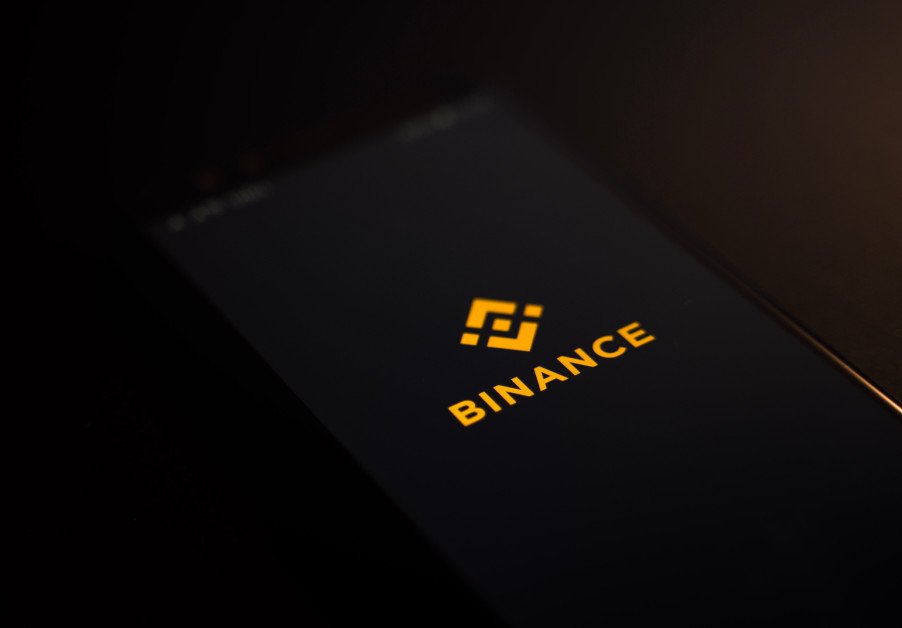Exchange Announcements
Binance Completes Bitcoin Lightning Network Integration
Securities.io is committed to rigorous editorial standards. We may receive compensation when you click on links to products we review. Please view our affiliate disclosure. Trading involves risk which may result in the loss of capital.

Binance team communicated in a late Sunday blog post that its exchange platform has integrated with Bitcoin on the Lightning Network, having previously teased the plans as imminent in May. The integration, officially in the pipeline since Jun 20, means the exchange now supports BTC deposits and withdrawals on the layer two (L2) scaling network.
The leading exchange's decision to onboard the Lightning Network comes on the back of a swell in transaction fees and network congestion issues in May. The surge in network activity arose from the popularity, and increased activity around meme-coins on Bitcoin made possible by the BRC-20 token standard.
Addressing scalability and congestion concerns
In May, the team behind the Lightning Network, Lightning Labs, announced the latest release of the Taproot Assets protocol meant to ease BRC-20 congestion on the Bitcoin blockchain. Taproot Assets v0.2 enables multi-asset support via the Lightning Network and solves the rise of protocols that are particularly inefficient in writing asset metadata directly into block space, per the blog post published on May 16.
Currently in testnet ahead of an upcoming mainnet launch, Taproot Assets v0.2 allows users to integrate their BRC-20 assets into the Lightning Network, effectively providing faster and cheaper transactions. It leverages improvements introduced with the Taproot soft fork in November 2021 to enable developers to embed asset metadata within a satoshi in the same way the Ordinals protocol does, all while assuring enhanced privacy and scalability.
The protocol upgrade aims to facilitate scalable issuance, sending, receiving, and discovery of assets on the Bitcoin blockchain. In extension, the integration eliminates the need for users to spin a new ecosystem from the ground up, as existing wallets, exchanges, and merchants can be seamlessly ported onto Lightning to enjoy the network’s efficiency when transacting BRC-20 assets.
Lightning Labs addressed concerns of scalability and congestion on the Bitcoin network by allowing the minting or movement of an unlimited number of assets in a single on-chain transaction. Taproot Assets' use of the Lightning Network enables users to move assets off-chain once minted on the mainchain, which ideally means the protocol will be operating off-chain to achieve maximal chain efficiency.
Unlocking Lightning Network potential
Earlier this month, Lightning Labs released a tool suite to integrate LN with artificial intelligence (AI). The tools, built on the Langchain library and the L402 protocol standard for payment-metered APIs, will allow developers to build better AI infrastructure for humans and agents.
Worth noting, several exchanges and companies in the crypto space have, in recent years, explored Lightning Network applications, including Bitfinex, Kraken and OKX. Block's crypto-focused unit TBD revealed in March that it would be deploying part of its crypto holdings to support the Lightning Network through a service “c=” that will see a portion of its Bitcoin reserves stored on the Lightning Network. The move essentially made the Jack Dorsey-led company the network's liquidity provider.
Coinbase CEO Brian Armstrong also said in an April 8 tweet that the exchange planned to integrate the same but didn't provide a timeline. Last December a Twitter Spaces event, MicroStrategy executive chairman Michael Saylor hinted at the company's plans to deliver Bitcoin Lightning Network-powered solutions at some point this year. In April, Saylor confirmed integrating the Bitcoin Lightning address into his corporate email through the Lightning Address protocol. The protocol allows users to send BTC over the LN to other users with similarly integrated email addresses.











